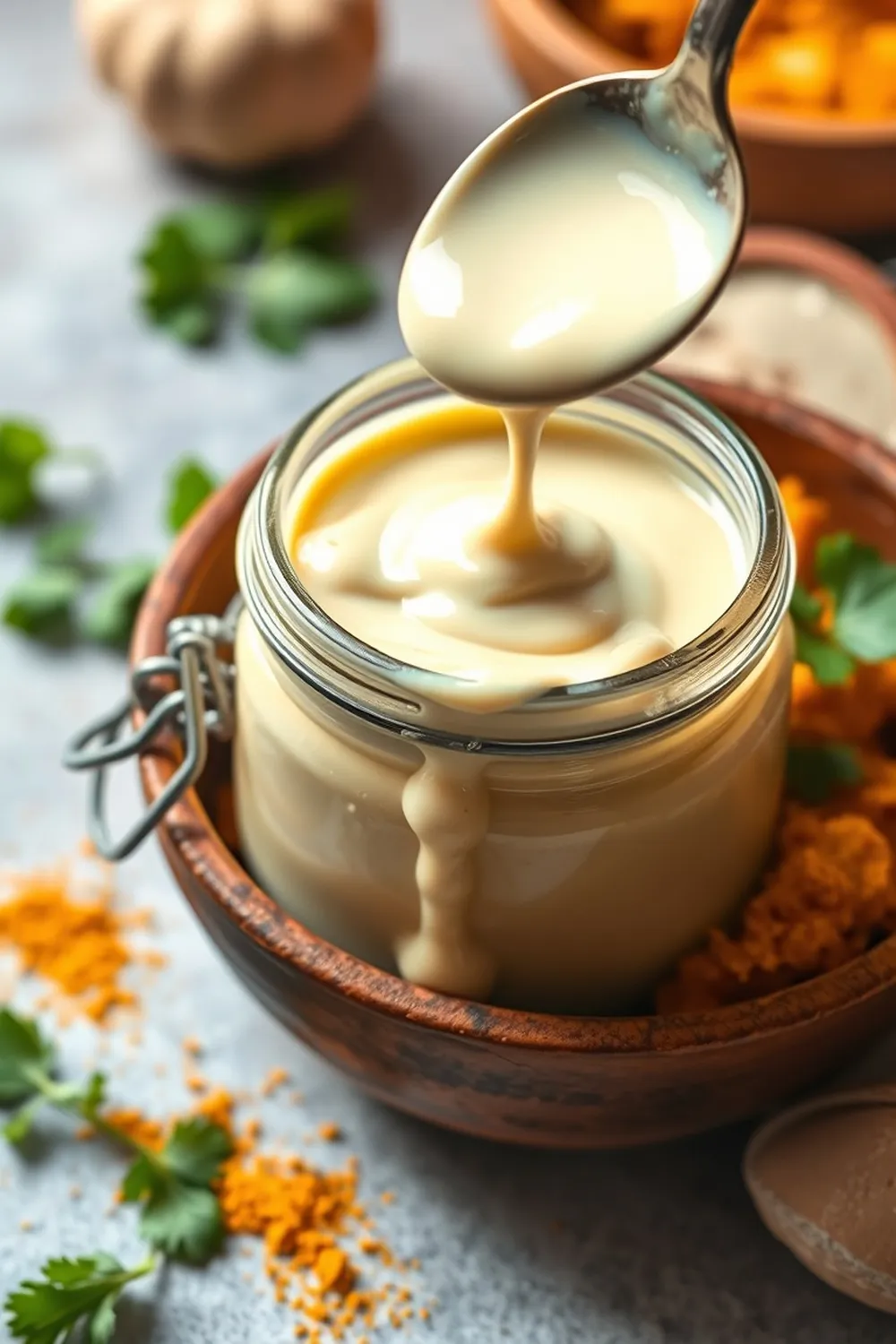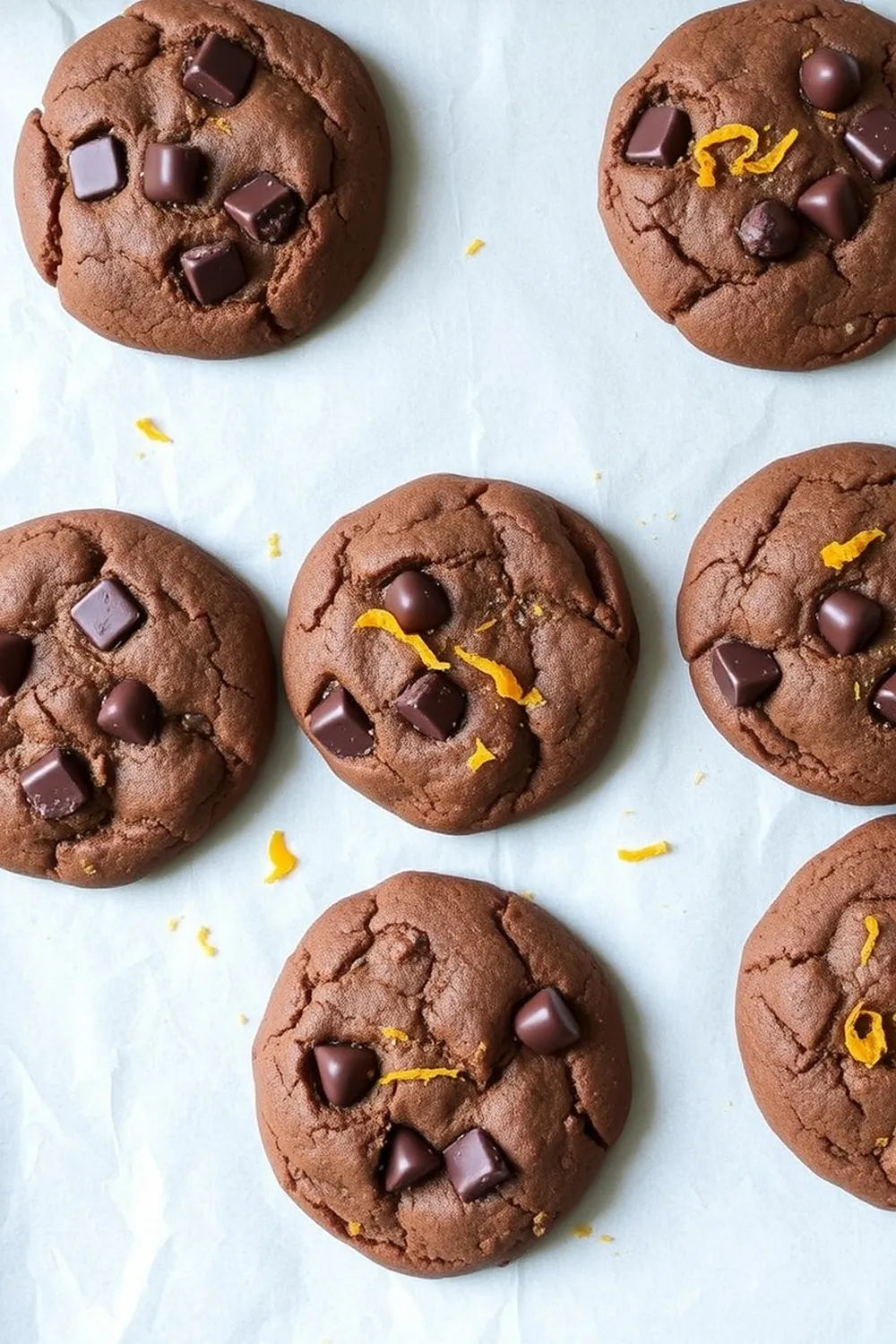- Soak raw cashews in hot water for at least 30 minutes to soften.
- Drain cashews and blend with 1/2 cup water until smooth and creamy.
- Scrape down blender sides as needed to ensure a smooth, velvety texture.
- Calories:180 kcal25%
- Energy:753 kJ22%
- Protein:3 g28%
- Carbohydrates:8 mg40%
- Sugar:2 mg8%
- Salt:5 g25%
- Fat:16 g20%
Last Updated on 2 months by Neha Deshmukh
Creamy Cashew Paste Recipe – Homemade & Vegan Friendly
Hey everyone! If you’ve ever wanted that rich, luxurious texture in your Indian curries or desserts, but weren’t quite sure how to get it, you’re in the right place. Today, I’m sharing my go-to recipe for creamy cashew paste. It’s surprisingly simple to make at home, and honestly, tastes so much better than store-bought. I first started making this when I realized how many recipes called for it, and I wanted a healthier, fresher alternative. Let’s dive in!
Why You’ll Love This Recipe
This cashew paste is a total game-changer. It adds incredible richness and body to dishes without any dairy! Plus, it’s naturally vegan and gluten-free. It’s perfect for everything from creamy kormas to decadent sweets. Honestly, once you start making your own, you’ll wonder how you ever lived without it.
Ingredients
Here’s what you’ll need:
- 1 cup Raw Cashew Nuts (approximately 150g)
- ?? cup Water (approximately 180ml – adjust for desired consistency)
Ingredient Notes
Let’s talk ingredients for a sec – it makes all the difference!
Raw Cashew Nuts: Quality & Sourcing
Using good quality, raw cashew nuts is key. Look for nuts that are plump and pale in color. Avoid any that look discolored or have a strange smell. You can usually find them in the baking aisle or the international foods section of your grocery store.
Water: Temperature & Quantity Considerations
I always use warm water – not boiling, just comfortably warm. It helps soften the cashews faster. The amount of water is flexible! Start with a little less and add more, a tablespoon at a time, until you reach your desired consistency. Remember, you can always add more water, but you can’t take it away!
Step-By-Step Instructions
Alright, let’s get cooking! It’s more like… blending, really.
- First, pour your raw cashew nuts into a bowl and cover them with hot water. Let them soak for at least 30 minutes to soften up. This is super important for getting a really smooth paste.
- Once the cashews are nice and soft, drain the water completely.
- Now, add the drained cashews to your blender. Pour in about ?? cup of water to start.
- Blend, blend, blend! Start on low and gradually increase the speed. You’ll likely need to stop and scrape down the sides of the blender a few times to make sure everything gets incorporated. Keep blending until you achieve a perfectly smooth and creamy texture. It should be velvety – no gritty bits allowed!
Expert Tips
A few little things I’ve learned along the way:
- Patience is key: Don’t rush the blending process. It takes a few minutes to get that super smooth texture.
- High-speed blender is best: If you have a high-speed blender (like a Vitamix or Blendtec), it will make this process even easier.
- Check for chunks: Seriously, stop and scrape down the sides of the blender often! Those sneaky cashew pieces love to hide.
Variations
Want to get creative? Here are a few ideas:
- Saffron Infusion: My grandmother always added a pinch of saffron strands to the soaking water for a beautiful color and subtle flavor. It’s amazing in desserts!
- Rose Water: A teaspoon of rose water adds a lovely floral aroma, especially nice for sweet dishes. My friend, Priya, swears by this one.
- Cardamom: A dash of cardamom powder can elevate the flavor profile, particularly in richer curries.
Vegan Adaptation
Good news – this recipe is vegan! Cashews are a plant-based powerhouse, making this a fantastic dairy-free alternative for creamy sauces and desserts.
Spice Level: Adding Savory Notes
For savory dishes, feel free to add a tiny pinch of green chilies or a dash of black pepper while blending. It adds a subtle warmth that complements the cashew flavor beautifully.
Uses in Different Cuisines (Regional Adaptations)
Cashew paste is incredibly versatile!
- North Indian: Essential for rich curries like Butter Chicken and Korma.
- South Indian: Used in some Chettinad gravies for added richness.
- Goan: A key ingredient in many Goan curries, lending a creamy texture.
Festival Adaptations (e.g., Diwali Sweets)
During Diwali, I use this cashew paste to make so many sweets! It’s the base for barfi, halwa, and even some ladoos. It adds a luxurious touch to all your festive treats.
Gluten-Free Considerations
This recipe is naturally gluten-free, making it a great option for those with dietary restrictions. Just double-check that your cashews haven’t been processed in a facility that also handles gluten-containing products.
Serving Suggestions
Cashew paste isn’t something you “serve” on its own, but it’s the star ingredient in so many delicious dishes! Try it in:
- Chicken Korma
- Paneer Butter Masala
- Cashew-based desserts like Barfi
Storage Instructions
You can store leftover cashew paste in an airtight container in the refrigerator for up to 3-4 days. It might thicken slightly, so just add a splash of water and blend again before using.
FAQs
Got questions? I’ve got answers!
What is cashew paste typically used for in Indian cooking?
It’s used to create creamy textures in curries, gravies, and desserts. It adds richness and body without the need for dairy.
Can I use roasted cashews to make this paste?
You can, but the flavor will be different. Roasted cashews will give a slightly more toasted flavor, which might not be what you’re looking for in all recipes. I prefer raw for a neutral base.
How can I adjust the thickness of the cashew paste?
Simply add more water, a tablespoon at a time, until you reach your desired consistency.
What’s the best way to prevent the cashew paste from separating?
Adding a tiny pinch of salt can help stabilize the emulsion and prevent separation.
Can I make a larger batch of cashew paste and freeze it?
Absolutely! Freeze it in ice cube trays for convenient portions. Once frozen, transfer the cubes to a freezer bag. It will keep for up to 2-3 months.










